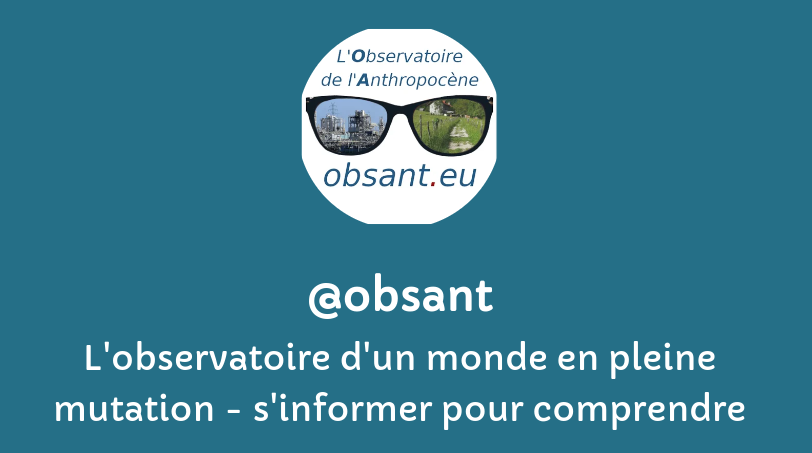Recherche : Articles ![]() Audio – podcast
Audio – podcast ![]() Fiches
Fiches ![]() Livres
Livres ![]() Sites
Sites ![]() Vidéos
Vidéos ![]() retour Veille
retour Veille
Uniquement les fiches et Documents
Pour voir les références d’un(e) auteur(e), cliquez sur son nom. Pour revenir à la page, utilisez le bouton refresh ci-dessous.
Cela fonctionne également avec les mot-clés de chaque référence.
filtre:
technology
Evidence shows a continuing increase in the frequency and severity of global heatwaves1,2, raising concerns about the future impacts of climate change and the associated socioeconomic costs3,4. Here we develop a disaster footprint analytical framework by integrating climate, epidemiological and hybrid input–output and computable general equilibrium global trade models to estimate the midcentury socioeconomic impacts of heat stress. We consider health costs related to heat exposure, the value of heat-induced labour productivity loss and indirect losses due to economic disruptions cascading through supply chains. Here we show that the global annual incremental gross domestic product loss increases exponentially from 0.03 ± 0.01 (SSP 245)–0.05 ± 0.03 (SSP 585) percentage points during 2030–2040 to 0.05 ± 0.01–0.15 ± 0.04 percentage points during 2050–2060. By 2060, the expected global economic losses reach a total of 0.6–4.6% with losses attributed to health loss (37–45%), labour productivity loss (18–37%) and i
Metals will play a central role in successfully building Europe’s clean technology value chains and meeting the EU’s 2050 climate-neutrality goal. In the wake of supply disruptions from the COVID-19 pandemic and Russia's invasion of Ukraine, Europe’s lack of resilience for its growing metals needs has become a strategic concern. This study evaluates how Europe can fulfil its goal of “achieving resource security” and “reducing strategic dependencies” for its energy transition metals, through a demand, supply, and sustainability assessment of the EU Green Deal and its resource needs . It concludes that Europe has a window of opportunity to lay the foundation for a higher level of strate- gic autonomy and sustainability for its strategic metals through optimised recycling, domestic value chain investment, and more active global sourcing. But firm action is needed soon to avoid bottlenecks for several materials that risk being in global short supply at the end of this decade.
Freshwater availability is changing worldwide. Here we quantify 34 trends in terrestrial water storage observed by the Gravity Recovery and Climate Experiment (GRACE) satellites during 2002–2016 and categorize their drivers as natural interannual variability, unsustainable groundwater consumption, climate change or combinations thereof. Several of these trends had been lacking thorough investigation and attribution, including massive changes in northwestern China and the Okavango Delta. Others are consistent with climate model predictions. This observation-based assessment of how the world’s water landscape is responding to human impacts and climate variations provides a blueprint for evaluating and predicting emerging threats to water and food security. Analysis of 2002–2016 GRACE satellite observations of terrestrial water storage reveals substantial changes in freshwater resources globally, which are driven by natural and anthropogenic climate variability and human activities.
![]()



